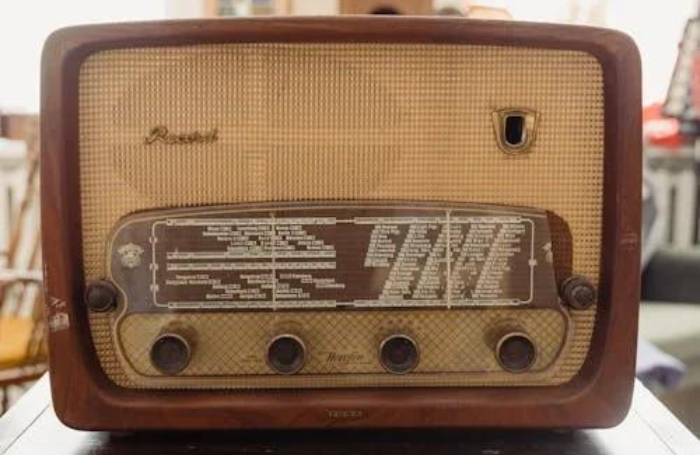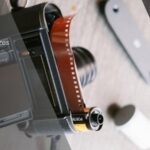History of FM and AM Radio is such a lengthy and powerful journey that marks the improvement of human technology and inventions.
From the dawn of electromagnetic waves to the time when your favorite tunes are played that keep you dancing and singing in your electric vehicle, this technology has received its up and down through the centuries.
But do you know that there are two types of the most common radio frequencies used in radio? Let’s dig into the history of FM and AM radio!
History of FM and AM Radio Broadcasting

Radio, the device that defines and changed how we as humans work and communicate, from talking to each other personally to talking to thousands of people in the form of music, this small but reliable device has connected a lot of people for decades if not centuries.
The improvement of human technology, inventions and needs of news and entertainment is also being one of the crucial factors played for the development of this device.
1. AM
The discovery of electromagnetic waves in 1886 by Heinrich Hertz laid the foundation of AM broadcast that soon later became one of the most well known radio broadcasts for decades.
Not long after that, Heinrich Hertz’s invention later developed into one of the first long-distance radio communication by Guglielmo Marconi in the mid 1890s.
But as the spark-gap transmitter, which was the technology in that time, was not really suitable for transmitting sound perfectly, this primitive radio broadcast was not really improved.
Not until Reginald Fessenden was credited for the first true AM radio broadcast in the early 1900’s in which he broadcast a speech and music from Bryant Rock, Massachusetts.
But as happy as they were at that time, this radio broadcast was limited to only ships at sea as receivers from home use weren’t yet widely distributed at that time.
The development and constant revolution of radio broadcasting related technology brings a lot of impact to this new-born AM broadcasting radio signal.
And in the early 1910’s as the crystal radio receivers, a low-powered receiver using a crystal to detect the radio signal was invented, AM radio was more accessible to the public.
This and the early 1920’s marked the dawn of public radio broadcasting. With news, weather updates and agricultural reports were the main topics that broadcasted at that time.
As humans really thrive for more reliable and efficient methods of radio broadcasting, the vacuum tube technology was born in the 1920’s. This vacuum tubes technology marked the golden age of AM radio, as this technology enabled the more powerful transmitter and louder receiver.
The range of topics of commercial radio in this era also broadened, with more entertainment programs like music, dramas and comedy shows, AM radio broadcast also became the most source of news and information and also entertainment.
But the glory of AM radio was short-lived, with the invention of FM radio in the 1930s offered a much superior sound quality.
But even though AM radio is not used as much as it was before, people still use the AM radio primarily for radio, news and sports broadcasts.
The history of radio broadcasting is not going to stop anytime soon. As a new stuff has been or being developed to further increase our live using the basic of radio signal technology.
This improvement and development meaning that all of that newly-developed products must be tested before being legally distributed or used in Indonesia.
If you want to know more about this stuff, you’re more than welcome to check this link!
2. FM Radio
The development and invention of FM radio is also based on people’s needs for better and more reliable entertainment devices.
This (also) long and lengthy journey starts with Edwin Armstrong a brilliant American Engineer that envisioned a superior system while AM radio dominated the airwaves.
While the AM used amplitude modulation (hence the abbreviation ‘AM’), Armstrong begs to differ and try to incorporate his concept of using frequency modulation (FM) instead to transmit radio signals.
And long story short by the year of 1935, Armstrong’s experimental FM radio station was established. Named W2XMN, this station was placed atop of the infamous Empire State Build in the heart of the city of New York.
W2XMN proved to successfully broadcasted FM signals, showcasing the improvement of sound quality and resistance to interference. But Armstrong still has a trick off his sleeve, by bouncing FM signals off the moon and proving its long-distance potential, Armstrong achieved a historic feat and recognition.
But despite the clear advantages and superiority of FM, many of the established radio companies that invested in AM despised his invention as the allocation of FM broadcast frequencies became a constant issue.
That and also Armstrong’s personal struggles and financial limitations really hammered the widespread adoption of FM radio.
But as they say “good things come to those who wait”, in the post war era and the improvement in music and pop culture, FM radio started to gain recognition especially because of its superior quality that is capable of broadcasting complex musical arrangements.
The 60’s marked the golden age of FM radio, with college radio stations emerging and offering a platform for alternative music and counterculture voices.
And as the time flies by, the technology also gains a lot of improvement and inventions especially in the digital aspects.
With the arrival of satellite radio and internet streaming, FM radio faced its most formidable foes. But instead of going down and forgotten like its predecessor, FM radio morphs and fits into the shoes of every generation like a charm.
This is proved with the invention of HD radio, a digital technology that can be transmitted over FM frequencies, this can offer even more improved sound quality and potentially new features for FM radio.
FM radio thrives and thrives into a cultural phenomenon. Broadcasting news, sport, entertainment especially music, this type of radio broadcast really defines a generation even to this day.
Here there are, some history of the infamous FM and AM Radio broadcast, which not only redefines a generation, but also proves that humans always thrive for more!
So, tell me, is there a particular memory that stucks in your head when it comes to radio?



